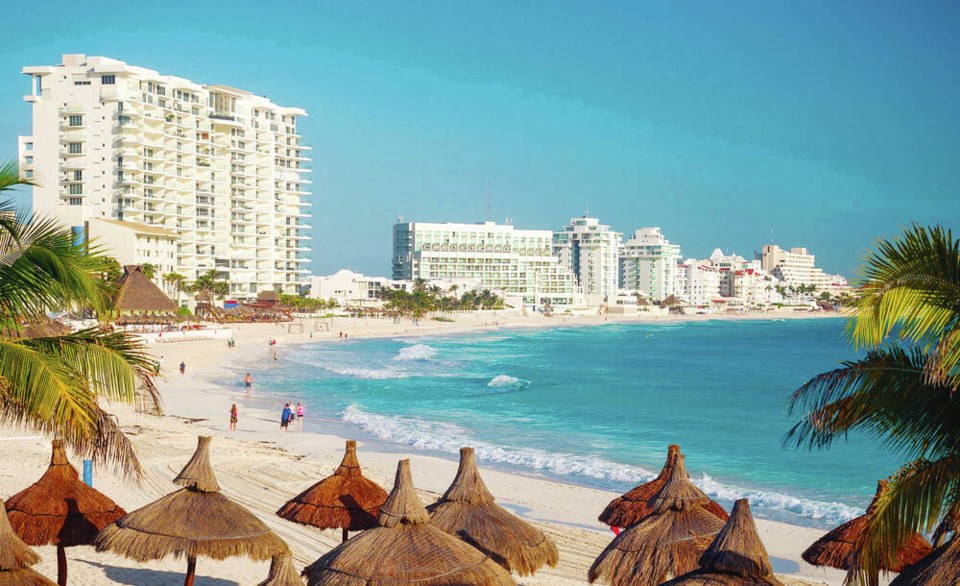During a class I was teaching at Royal Roads University, we were discussing racism and one of the students shared a fascinating experience with me.
The student is from South Korea, and said he attended high school in Canada as an exchange student in a small town on the East Coast. He played on a sports team where the games were held at the school and the practices were held in a gym at a nearby First Nation.
The host family he lived with would not let him attend the practices because, they said, it was “not safe on the reserve.”
At first, he believed what the host family was telling him, because he was new to the country and had no reason not to trust them.
One of the host parents worked at the school, and the Korean teenager questioned why he wasn’t allowed to spent time on the reserve. He listed off his Indigenous friends and told the host parent they knew the students from school.
He also mentioned that the host family had hired the parent of one of the Indigenous students, who was a tradesperson, to do some work on the host family’s home.
The answer was still “No, it’s not safe.”
During a different school year, he studied in Saskatchewan and was living with another host family. That host family told him that if an Indigenous person spoke to him, he should answer to be polite, but not spend too much time with Indigenous people or engage in long conversations.
The entire classroom sat in silence as he shared these stories. I did not know how to respond; I was saddened and disturbed.
He said he keeps in touch with the host families and often speaks of Indigenous friends he’s made, trying to dispel the thoughts and beliefs that the host families might still have.
I shared this story with a colleague over lunch, and he explained how we are often told about places in the world that are dangerous, and we, too, can take that at face value. The example the gentleman gave me was when they would go to Mexico and choose not to stay at a resort, something people would say was a dangerous choice.
This past weekend, I binge-watched a few episodes of the Netflix series Captive. Each episode contains re-enactments and first-hand accounts of international hostage-taking events. As I watched the episodes, I began to think about how there are many dangerous places in the world.
Then I reminded myself of the experience of a Korean man who has spent several years in Canada, and Canadians telling him how dangerous First Nation communities are.
I am not trying to say that there aren’t any dangerous places in the world. There are many.
But we need to be mindful of information we are given, and more importantly, information we share with others.
Racism is something that is taught. Most of the time, when we talk about racism being taught, I assume it is to young children. Hearing how a foreign exchange student was introduced to Indigenous people in Canada was disturbing.
There are many cultures and communities that I have never visited or been immersed in. This is a lesson to me to acknowledge that not everything I have been told may be true.
Charlahuber@outlook.com
• To comment on this article, write a letter to the editor: letters@timescolonist.com



